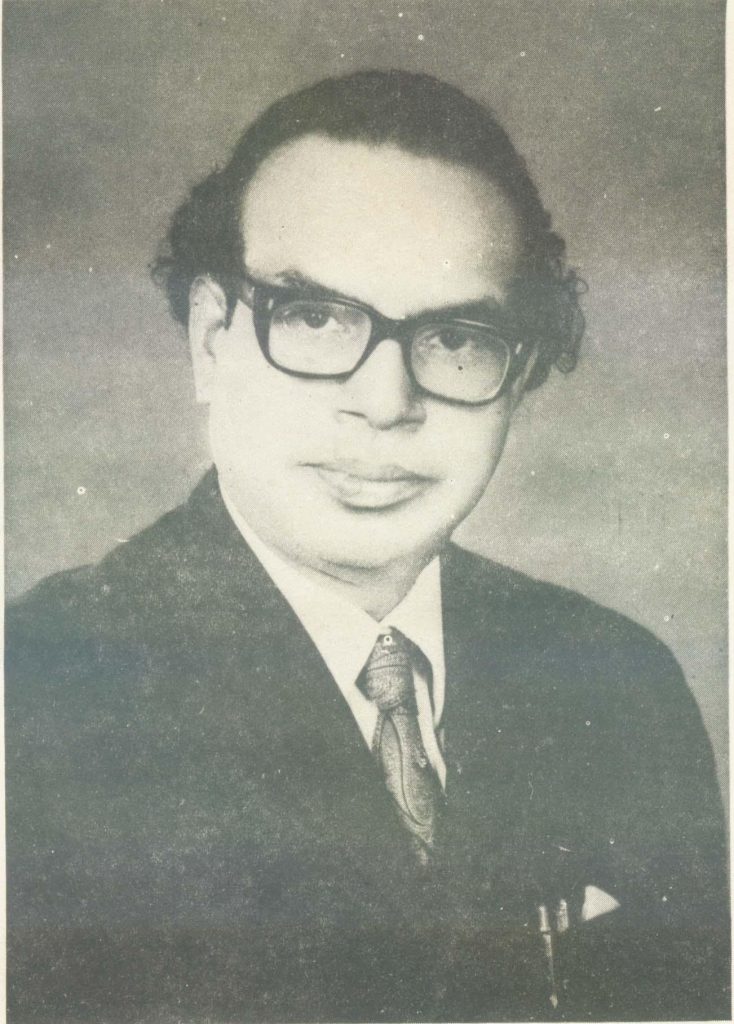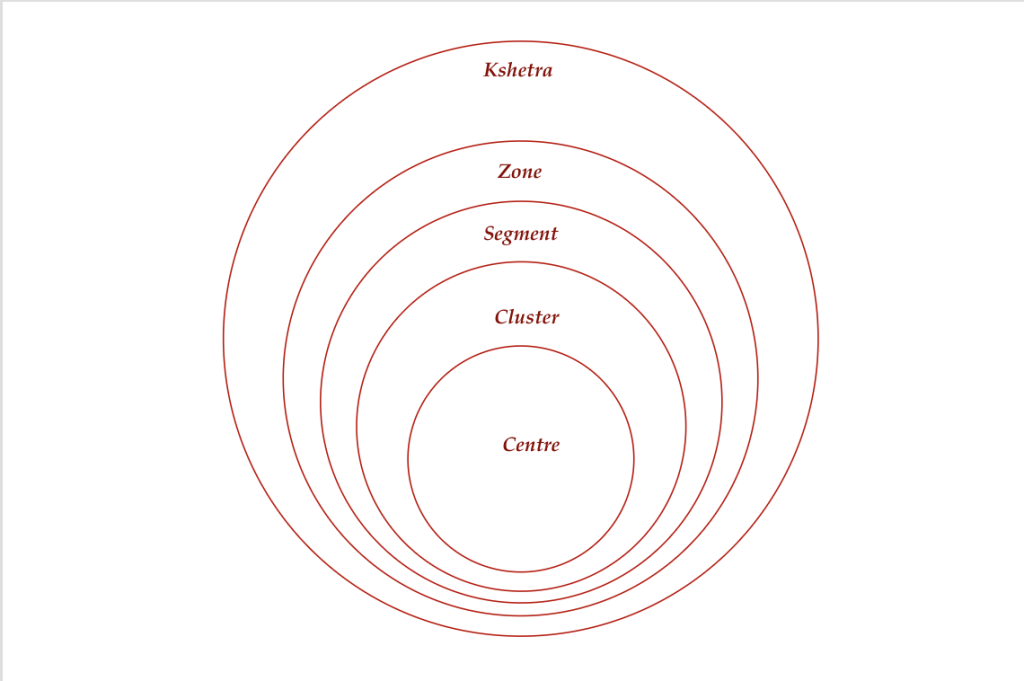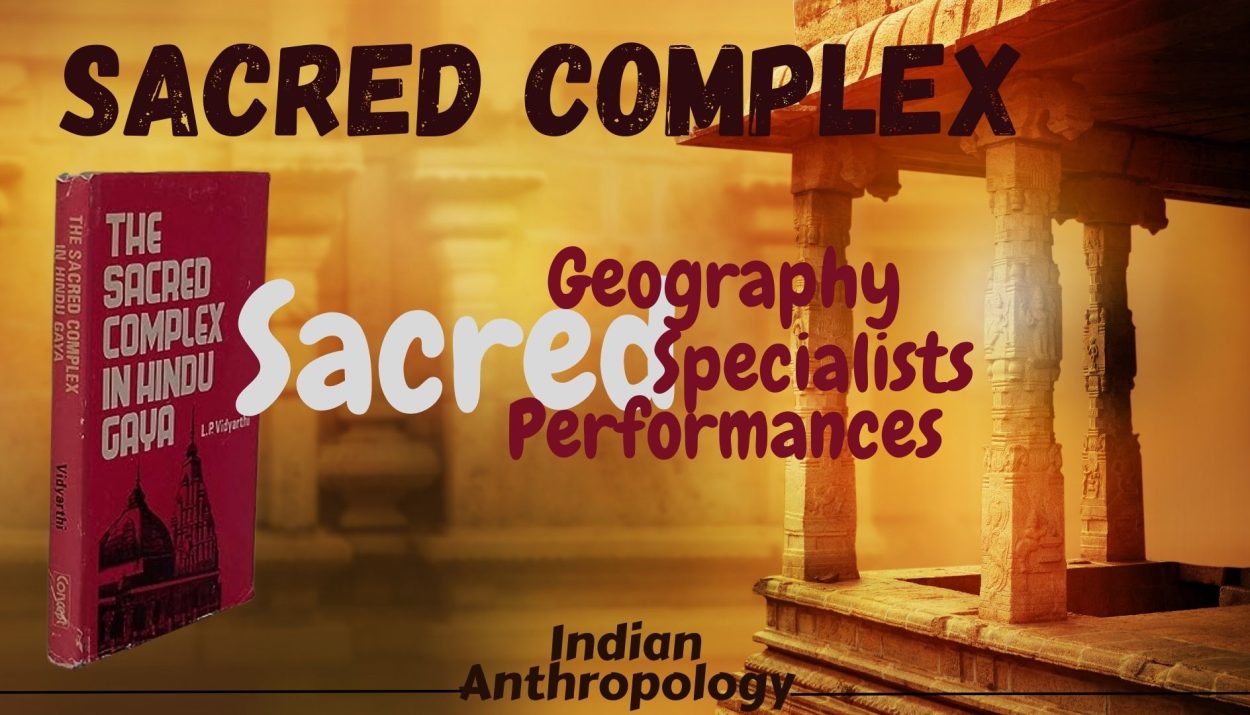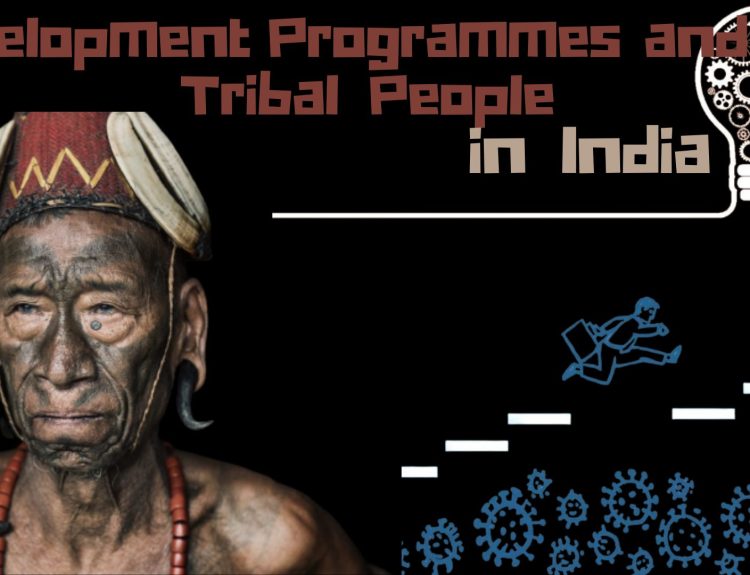Indian anthropology is a multidisciplinary field that seeks to understand the complex tapestry of Indian society, culture, and belief systems. Central to this exploration is the concept of the “sacred complex,” which plays a profound role in shaping the religious and cultural landscape of India. The concept of the sacred complex in Indian Anthropology was given by a renowned anthropologist LP Vidyarthi.
LP Vidyarthi’s exploration of the sacred complex was deeply rooted in his research on the holy city of Gaya, nestled in the heart of the Indian subcontinent. This ancient city, revered by Hindus for its spiritual significance, served as the backdrop for his pioneering study. During this study, he formulated a series of analytical principles and descriptive vocabulary to characterize a sacred city as an integral component of Indian civilization.

Within his exploration, the city was examined through the lenses of three analytical frameworks: Sacred Geography, Sacred Performances, and Sacred Specialists. Collectively, these three interconnected concepts are referred to as the Sacred complex. In his seminal work “The Sacred Complex of Hindu Gaya” (1961), Vidyarthi observes that the sacred complex of a Hindu pilgrimage site signifies a degree of continuity, reconciliation, and amalgamation between the grand and minor traditions.
Sacred Geography
Sacred Geography refers to a specific location where people conduct rituals and designate as sacred, much like the areas associated with temples. Of the three fundamental elements, sacred geography has been subdivided into zones, segments, and clusters of sacred centres.

Gaya, for instance, harbours an intricate array of sacred objects and is situated within the revered sacred region cherished by Hindus. In both spatial and temporal dimensions, sacred geography illustrates the perpetuation of India’s major and minor traditions. It also showcases various amalgamations of Hindu and Buddhist traditions at various tiers. Nevertheless, owing to significant transformations in contemporary times, the secular region of Gaya has been expanding, albeit at the expense of diminishing the sacred zone.
Sacred performances
It encompasses the actions, regulations, and responsibilities carried out by individuals. It serves as a guide to our norms and duties, illustrating how they can vary from one location to another. For instance, upon entering a temple, we might remove our shoes and perform specific hand gestures.
Among the multitude of sacred performances, the primary one for which Gaya holds reverence in the Hindu world is an intricate ancestral ritual known as Gaya Shraddha. The Gayawal Brahmins, an orthodox priestly caste, conduct all the sacred rituals, adhering to a highly ceremonial and Sanskrit-influenced way of life, deeply rooted in the Hindu great tradition.
Sacred Specialists
A sacred specialist is an individual who dedicates themselves to a specific religious branch and is regarded as an authority figure within society. Their words carry weight, and people both obey and respect them. These specialists play a crucial role in preserving traditions, raising awareness about them, and conducting various rituals, particularly in sacred locations.
The sacred specialists at places of pilgrimage lead a unique way of life, and they disseminate specific elements of the great tradition to rural communities in India. They achieve this by popularizing particular texts, organizing pilgrimages, and serving as ritual and temple priests.
The categorization of sacred phenomena, including sacred geography, sacred performances, and sacred specialists, is not limited to Gaya alone but is indeed applicable to all the sacred sites of Hindu pilgrimage.
Contributions from Fellow Researchers
Inspired by Vidyarthi’s pioneering work, a cohort of social anthropologists ventured into this emerging field of research. Here are a few notable examples: B. Saraswati’s Holy Circuit of Nimsar (1965), The Temple Organization in Goa (1962), Kashi: Myth and Reality of the Classical Cultural Tradition (1975); M. Jha’s The Sacred Complex of Ratanpur (1978), and M. Mohapatra’s Lingaraj Temple: Its Structure and Change, among others.
While Vidyarthi pioneered the concept of the sacred complex for examining pilgrimage sites within the context of Indian civilization, Marriott and Cohn introduced the concepts of “Networks and Centres” in 1958 to explore the channels of integration within Indian civilization. Consequently, in the field of Indian social anthropology, the concepts of the “Sacred complex” and “Networks and Centres” have emerged as highly regarded theoretical frameworks for analyzing traditional cities and pilgrimage sites as integral facets of Indian civilization.
Read more
The Sacred Complex in Hindu Gaya
Book- Indian Anthropology by Nadeem Hasnain







